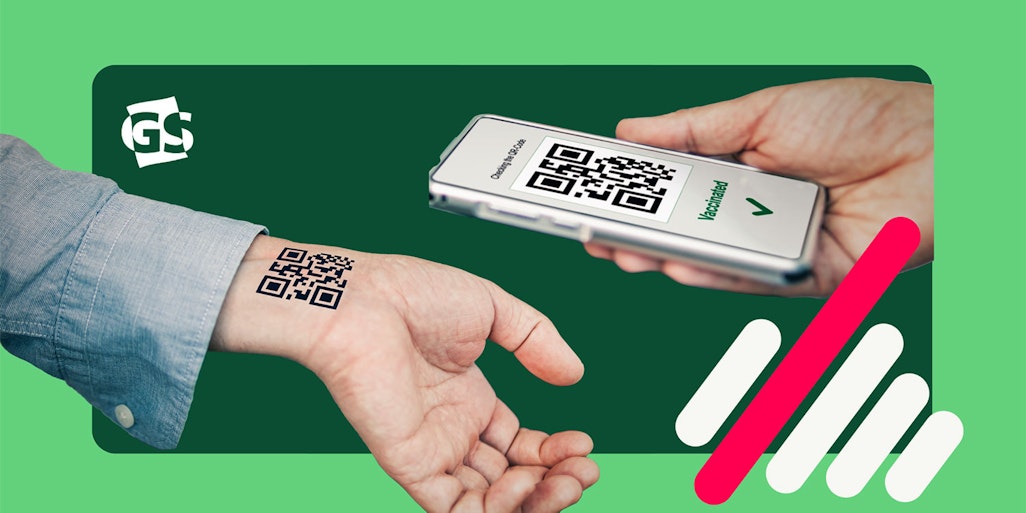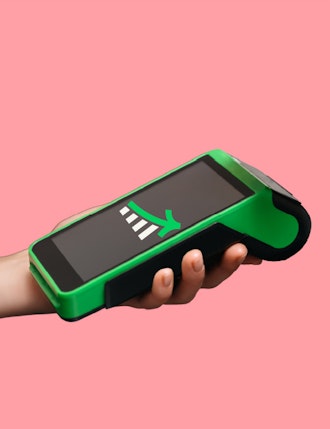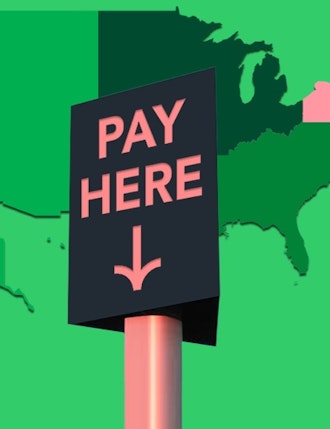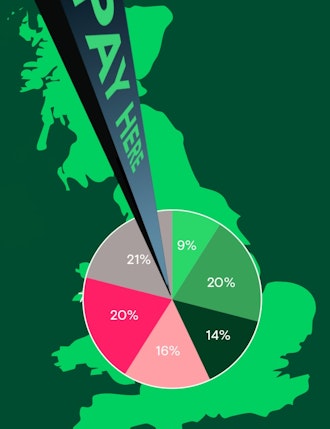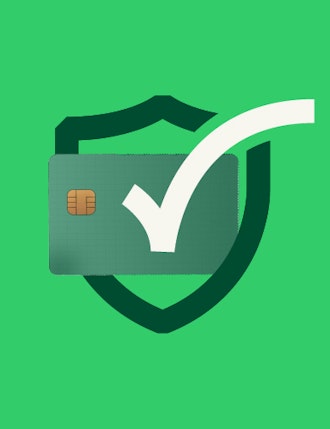The world is going digital except for a large portion of the small merchant community. As larger retailers strive to add customer-pleasing services to the POS environment, small merchants and their payment service providers are falling behind.
Consumers increasingly want to integrate their in-store and online experiences, whether booking appointments, ordering online and picking up in the store, or vice versa, or taking advantage of POS loans or other services. Few small merchants have the skills or time to focus on providing their customers an in-store digital experience.
That’s why merchant acquirers are now bridging the disconnect between digital-savvy consumers and digital-lagging merchants.
The place to start is by delivering a slick and smart POS payment device that can access an app marketplace to bring new value-added apps and services to the point of interaction. Unfortunately, while independent software vendors are developing apps and jumping into these marketplaces, little if any integration exists between their value-added apps and the payment process.
Future success in the payments industry lies in software innovation including accelerated app delivery, single payment apps across multiple platforms and easily supported merchant solutions. Currently, most available app-based solutions are more likely to confuse and frustrate merchants than to help them deliver a better consumer experience.
A guided path for merchants
When ecommerce providers can deliver items the next day, or even same-day, merchants who don’t meet consumer expectations can expect escalating erosion of shopper loyalty. Unfortunately, disruption from the coronavirus lockdowns is almost certain to further weaken traditional consumer loyalty.
When economic activity resurges, payment service providers will need to help merchants deliver experiences that can renew and strengthen loyalty and drive retention. This battle for loyalty won’t be won by placing a smart POS device on the countertop and giving the merchant a brochure describing the richness of the app marketplace and directions on how to download software. Smaller merchants generally don’t have the staff, time or skills to search through multiple iterations of POS apps to make a reasoned choice on what would work best for them.
Take out your smartphone now, click into your vendor’s app store and enter “business management.” You’ll find a never-ending list of apps that are all over the map, from sophisticated workforce management to business publications. Next, search for “point of sale” and see if that provides a guided path that could provide value to a merchant. The answer is no.
Your typical small merchant needs a jump start into the world of digital in-store payment experiences. It’s up to the merchant acquiring sector to tailor a solution that bundles an appropriate device with a small set of basic value-added apps that will work out-of-the-box so merchants can get up and running instantly. By making that initial entrance smooth and pleasing, acquirers will be able to return to introduce the merchant to additional value-added apps that will foster increased retention.
Addressing merchant pain points
Some savvy merchants may be inclined to trial-and-error apps in a digital marketplace. Most will not. They will expect their traditional providers to support them, and to have sufficient knowledge of their needs to deliver a solution bundle that leverages the merchant’s unique selling proposition, meets consumer expectations and addresses business management pain points.
That solution must easily deliver all the functionality and features of the classic payment terminal and offer a manageable glide path to deliver better customer experiences. With the right solution, merchants can readily gain insight into the potential of adding more apps and services later.
All parties to the acquiring chain must adopt a consultative role and understand how to tailor solutions for different merchants. They also should become familiar with the features of various smart POS solutions so they can select a platform on which they can build a viable software-oriented business.
Ideally, you want a payments platform that orchestrates multiple functions across the purchasing experience (for example, payment, loyalty, delivering and inventory), while shielding merchants and consumers from complexity. The goal is to deliver a seamless transaction experience that pleases the consumer and makes the merchant’s job easier.
Interested in reading more around this subject? Here are some useful articles…

